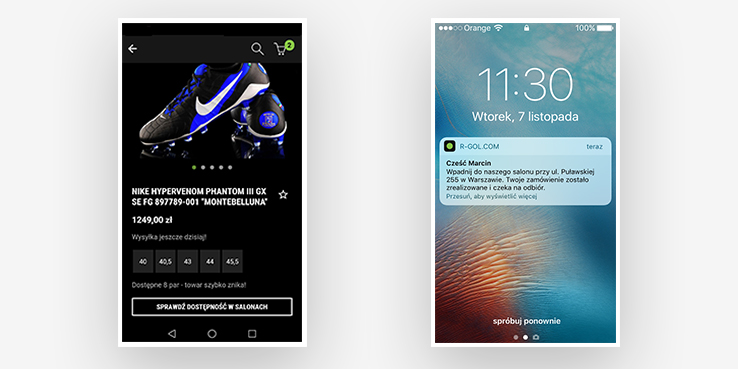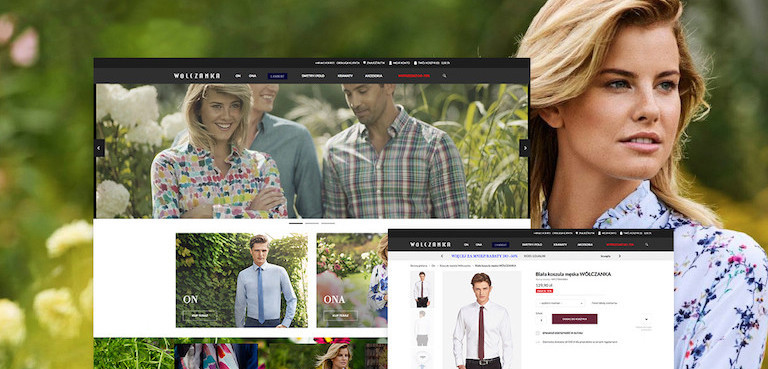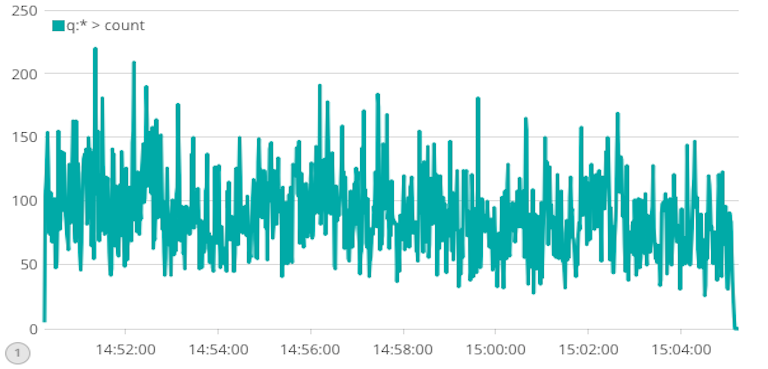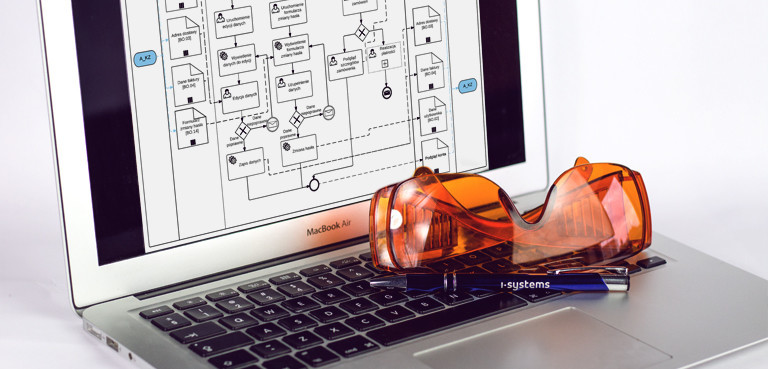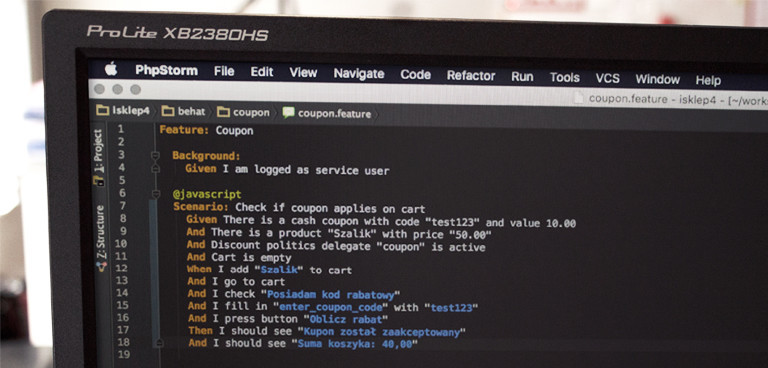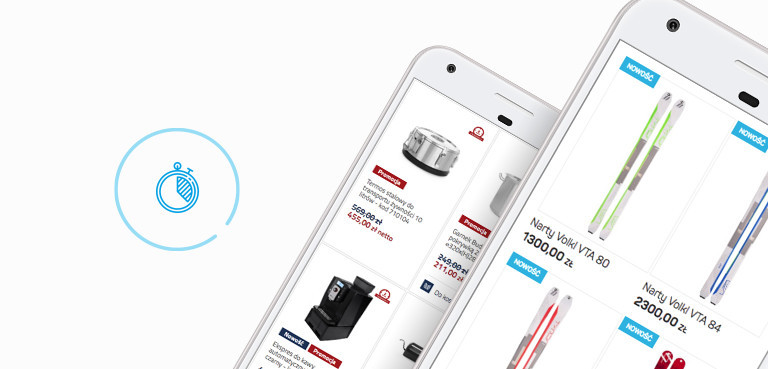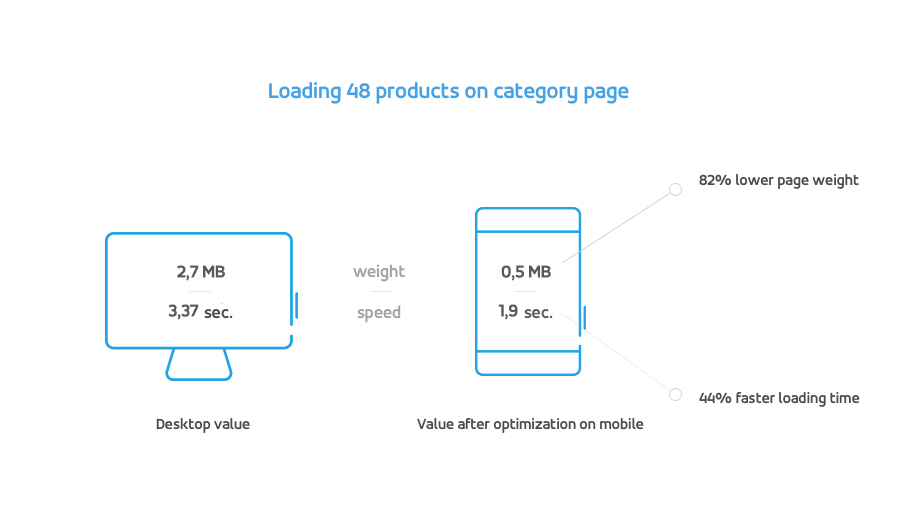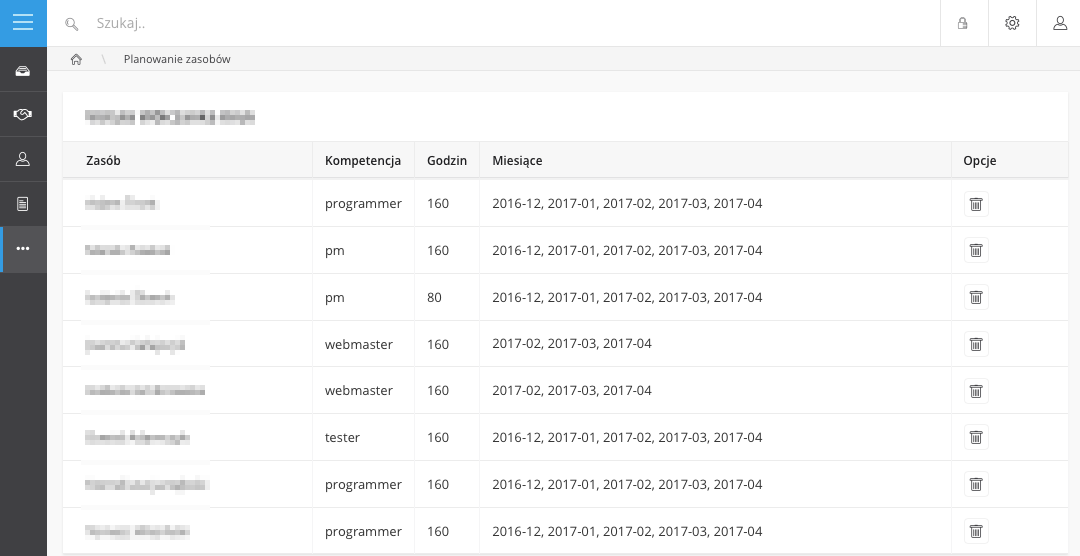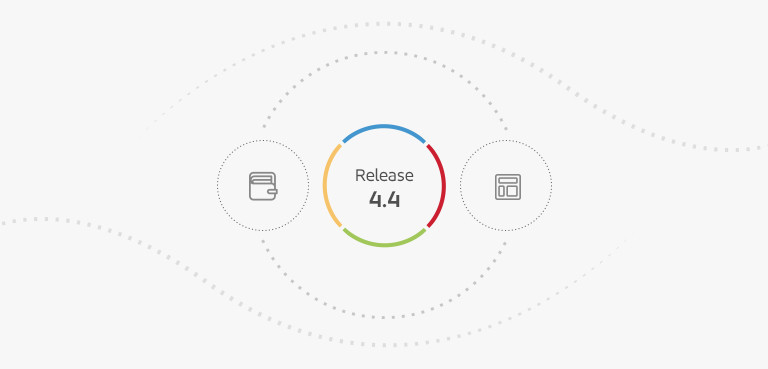During the last couple of years the shopping process, as well as shopping triggers have changed. The customers often use a mobile device for shopping or searching for products. They expect to be in constant touch with the brand and consistent experience through multiple sales channels. A mobile app integrated with e-commerce system becomes an important channel. In this article, we present selected features of the mobile app taking as an example R-GOL.com – the store for football lovers in Poland.
Customers open push notifications more often
Push notifications are the messages sent via mobile app to the customers’ devices. Around 80% of target receivers open push notifications. This is because the solution is an answer to the current needs of the customers, who like to be in the uninterrupted contact with the brand. If the customer downloaded the mobile app from App Store or Google Play, it means that he or she would like to be able to check the offer of the brand at any time. They are also interested in company’s business.
The administrator can decide what kind of content he or she would like to send and choose the target group. Everything via e-commerce system. This solution makes it easy to inform the customer about the change of order status or to send a defined group of users a message about the additional discount or interesting form of sale.
Push notifications can be also helpful in decreasing the number of abandoned carts. The administrator, through e-commerce system, can receive the database of persons that have given up the purchase, and with push notifications send them an invitation to re-check the offer.
Check online and buy offline
It’s not rare that the customers prefer to find the product online before making a decision to buy one. Therefore, they can check its parameters or opinions of other users. Next, they finalize the purchase at the salon of the brand. This process is called the ROPO effect.
By connecting warehousing for online and offline stores, there is a possibility for customers to check the product availability in the particular salon through the mobile app. It is a very comfortable solution because they are sure that the goods they are interested in are available in the chosen traditional store.
See offline and buy online
The mobile app, equipped with a barcode scanner, is a solution which efficiently connects traditional and online sales. This feature is especially helpful in a situation when there are no desired sizes available or when a customer wants to know the additional parameters of the product. After scanning the barcode, the mobile app will display a product tab in the online store. The customer can read the detailed description of the product or make a purchase in online store of the brand. Mobile app for e-commerce system, along with the barcode scanner, is an effective solution for sales support.
Click&collect service in the mobile app
Click&collect service enables shopping through the online store and collecting the order in the chosen localization. Typically, the places where customers can pick up products are the brand’s traditional stores.
Implementation of the click&collect functionality requires a particular software and coherent warehouse management for online and offline. For the customers, it is a comfortable form of shipping. He or she can collect the product at a convenient time. The click&collect service can be an efficient way to increase sales, as the customer, while picking up the order, very often makes an additional purchase.
Consistent data in multiple sales channels
When making a decision to implement the mobile app one should remember about the integration with e-commerce system. Hence, all data about product availability, prices, methods of payments and delivery will be the same as in online store. Moreover, if anything changes in the e-commerce system, it will be automatically updated in the mobile app with no necessity to send those changes to App Store and Google Play. Mobile App integrated with the online store, with the features that enable development of the omnichannel model, is the answer to the demands of the customers and a way to efficiently build a bond with the customer.
I want to read about other features of the R-GOL’s mobile app
 Polski
Polski  Deutsch
Deutsch 
